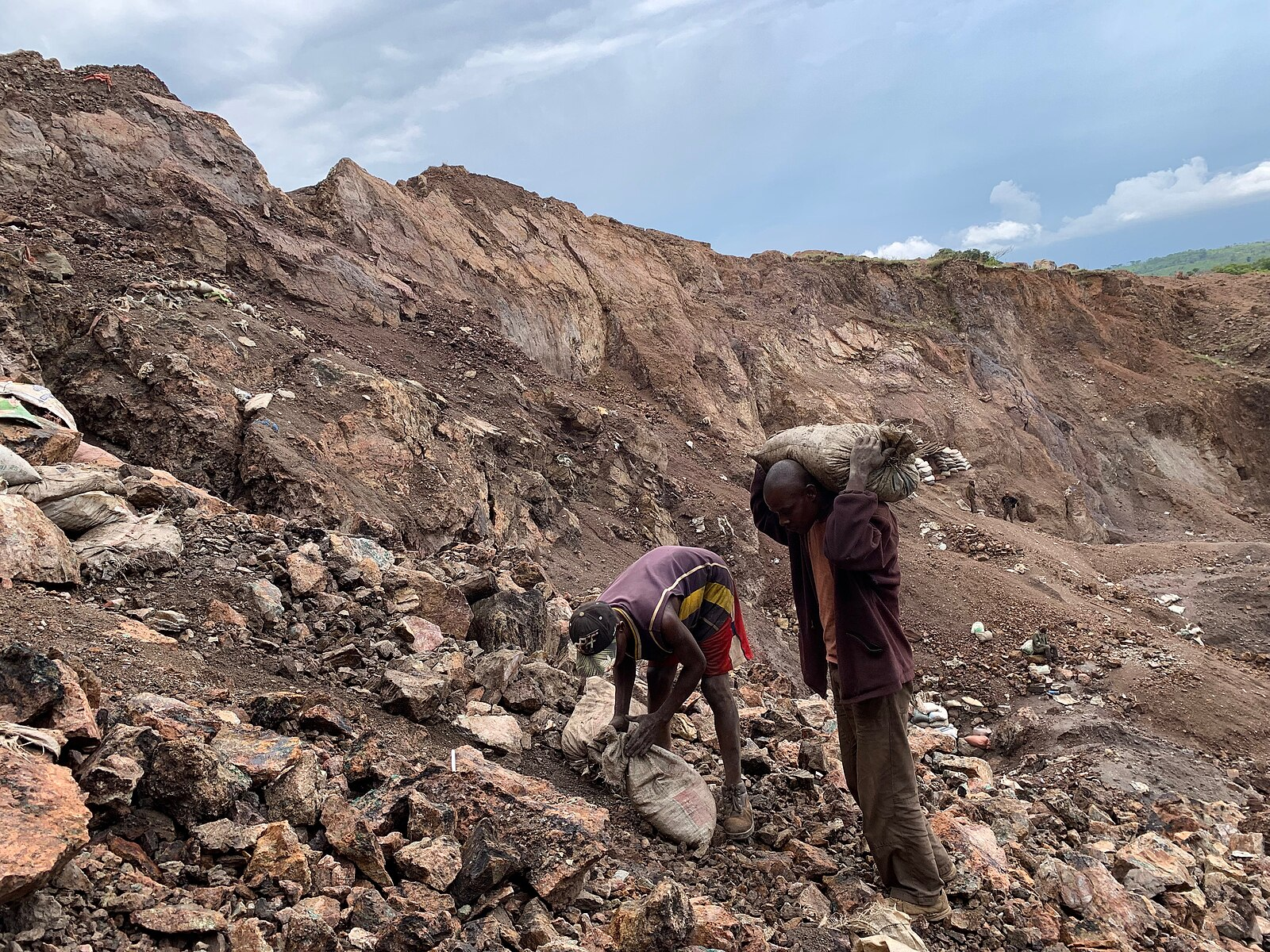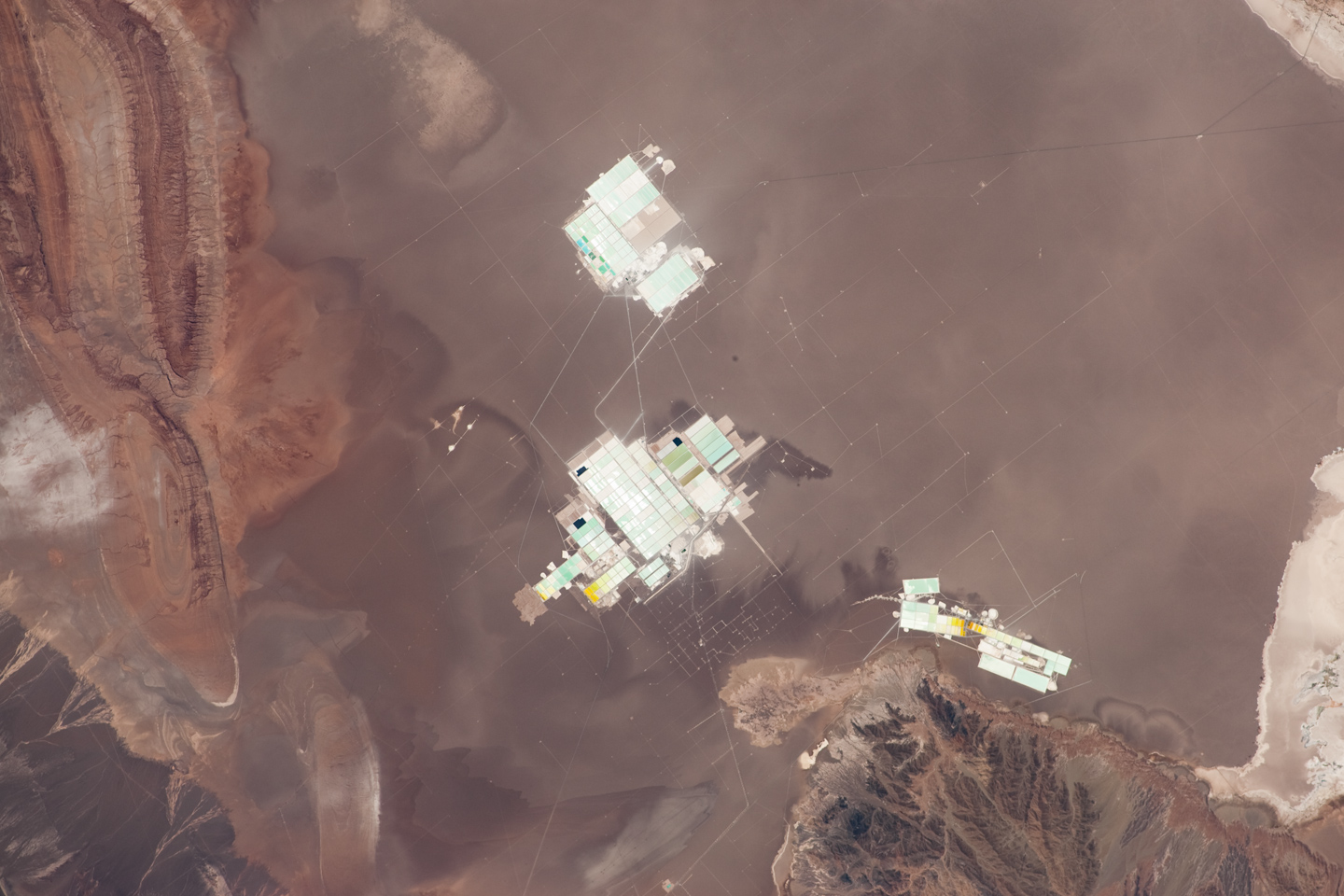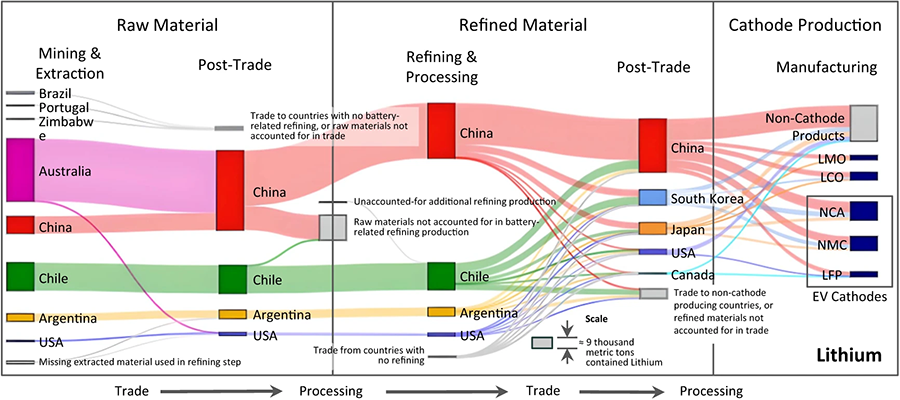IB Syllabus focus:
‘Large-scale storage needs lithium, cobalt and rare earths; mining/processing pollute and create geopolitical tensions. Consider one element’s supply chain and impacts.’
Battery minerals such as lithium, cobalt, and rare earth elements are increasingly vital to renewable energy storage and electric vehicles. Their extraction, use, and control shape global geopolitics and sustainability.
The Importance of Battery Minerals
Battery minerals form the backbone of modern technologies, particularly lithium-ion batteries. These are essential for:
Electric vehicles (EVs)
Renewable energy storage systems
Consumer electronics (phones, laptops, tablets)
As societies shift towards low-carbon economies, demand for these minerals is rising rapidly. This makes them central to discussions of resource security and geopolitical stability.
Key Minerals in Energy Storage
Lithium
Lithium: A light, highly reactive alkali metal used as a core component in rechargeable batteries, particularly lithium-ion cells.
Found in brine lakes (South America’s “Lithium Triangle”) and hard rock deposits (Australia).
Demand has surged with EV expansion.
Supply chains often controlled by a few countries, creating vulnerabilities.
Cobalt
Cobalt: A metallic element used in lithium-ion batteries to stabilise energy density and prolong lifespan.
Around 70% of global cobalt is mined in the Democratic Republic of Congo (DRC).
Mining has been criticised for poor working conditions and child labour.

Artisanal cobalt miners in the Democratic Republic of Congo working with minimal safety provisions. The photo underscores human rights and governance concerns that increase supply-chain vulnerability for battery minerals. The image includes contextual detail about artisanal practices not explicitly required by the syllabus but directly relevant to security and ethics. Source.
Heavy reliance on one region increases global supply insecurity.
Rare Earth Elements (REEs)
Rare Earth Elements: A group of 17 chemically similar elements vital for electronics, magnets, and renewable energy technologies.
Essential for magnets in wind turbines, batteries, and electronics.
China dominates the extraction and processing market, giving it significant geopolitical leverage.
Environmental Impacts of Mining and Processing
Mining and refining battery minerals create considerable environmental pressures:
Pollution: Chemicals used in lithium extraction contaminate soil and water.
Water use: Brine extraction in South America depletes freshwater supplies in arid regions.

Evaporation ponds at Salar de Atacama, Chile, where lithium-rich brines are pumped to the surface and concentrated by solar evaporation. The image highlights the extensive water demand in an arid landscape—a key environmental trade-off in lithium supply. Minor geographic context beyond the syllabus is visible. Source.
Deforestation: Cobalt mining in central Africa causes habitat destruction.
Toxic by-products: Rare earth processing generates radioactive waste and heavy metal pollution.
These impacts highlight tensions between green technology goals and the ecological costs of securing materials.
Geopolitical Dimensions
Resource Nationalism
Countries with rich deposits may enforce strict control, using minerals as leverage in trade. Examples include:
Bolivia’s nationalisation of lithium reserves.
Indonesia restricting raw nickel exports to encourage domestic processing.
Trade and Strategic Rivalries
China’s dominance in rare earth processing grants it strategic influence.
US and EU seek to diversify supply chains to reduce dependence on imports.
Geopolitical tensions can lead to price volatility and supply chain disruptions.
Security of Supply
Resource Security: The long-term availability of a resource to meet demand, influenced by political, economic, and environmental factors.
Battery minerals are a prime example of contested security, where access, affordability, and control vary across societies.
Case Study: Lithium Supply Chain
Lithium illustrates how extraction, processing, and consumption form a globalised system:
Extraction: Mainly in Chile, Argentina, and Australia.
Processing: Largely concentrated in China, which controls refining capacity.

A diagram of lithium supply-chain flows from extraction to cathode production, highlighting the concentration of refining and component manufacturing in specific countries. The visual supports discussion of strategic vulnerabilities arising from processing bottlenecks, especially in China. The figure includes extra detail on multiple supply-chain steps beyond the syllabus scope, but this aids interpretation of geopolitical leverage. Source.
End use: Consumed heavily in Asia, Europe, and North America for EVs and electronics.
This chain shows how environmental damage at one end is linked to consumer demand thousands of miles away, while geopolitical leverage rests with refining hubs.
Managing Impacts and Improving Security
Efforts to improve resource security and sustainability include:
Technological shifts: Developing alternative battery chemistries requiring fewer scarce minerals (e.g., sodium-ion batteries).
Recycling: Expanding the recovery of lithium, cobalt, and REEs from used batteries to reduce mining pressures.
International cooperation: Partnerships and trade agreements aim to diversify supplies.
Reduced demand: Efficiency gains in storage technology and energy conservation can lower material needs.
Balancing Sustainability and Geopolitics
Sustainable management requires balancing environmental protection, economic needs, and political stability. Strategies include:
Using resources below their natural regeneration or substitution thresholds.
Designing products with circular economy principles.
Encouraging transparent supply chains and ethical sourcing.
Global dependence on these minerals ensures they will remain a flashpoint in geopolitics, tying environmental sustainability directly to international relations.
FAQ
Battery minerals are concentrated in fewer countries compared to resources like oil, making supply chains highly vulnerable. Processing is also dominated by a limited number of nations, amplifying dependency.
Geopolitical sensitivity arises because these minerals are critical to emerging clean energy technologies, giving states control over them significant strategic leverage.
China holds dominance not only in mining some rare earths but, more importantly, in refining and processing. This makes many nations dependent on Chinese capacity even if raw minerals are sourced elsewhere.
This processing monopoly allows China to influence global supply chains, set prices, and potentially restrict exports during disputes.
Artisanal mining is small-scale, often informal, and accounts for a significant share of DRC’s cobalt output.
It creates unstable supply due to poor regulation.
Human rights issues, including child labour, damage the industry’s reputation.
Multinational companies face pressure to source ethically, complicating supply contracts.
Research is exploring new chemistries to reduce reliance on scarce minerals:
Sodium-ion batteries: Abundant raw materials, though lower energy density.
Solid-state batteries: Potentially safer and more efficient but expensive.
Iron-based chemistries: Less geopolitically concentrated and more sustainable.
Adoption of alternatives could reduce mineral dependency but remains limited by cost and scalability.
Recycling reduces dependence on volatile international markets by recovering minerals from end-of-life batteries.
Lithium, cobalt, and rare earths can be reclaimed.
It lowers environmental impacts of new mining.
Local recycling industries improve supply resilience for importing countries.
Although still developing, recycling is considered a key strategy for long-term security.
Practice Questions
Question 1 (2 marks)
Define the term resource security in the context of battery minerals.
Markscheme:
Resource security is the long-term availability of a resource to meet demand (1 mark).
Influenced by political, economic, environmental or social factors (1 mark).
Question 2 (5 marks)
Using one named example of a battery mineral, explain how its extraction and processing create both environmental impacts and geopolitical tensions.
Markscheme:
Identification of one named mineral, e.g., lithium, cobalt, or rare earth elements (1 mark).
Description of environmental impacts (e.g., water depletion in lithium brine extraction, pollution from chemical processing, deforestation, toxic waste) (up to 2 marks).
Explanation of geopolitical tensions (e.g., concentration of supply in specific countries, reliance on processing capacity in China, ethical issues in DRC cobalt mining) (up to 2 marks).
Clear linkage between environmental consequences and geopolitical pressures earns full marks if well explained (1 mark).

